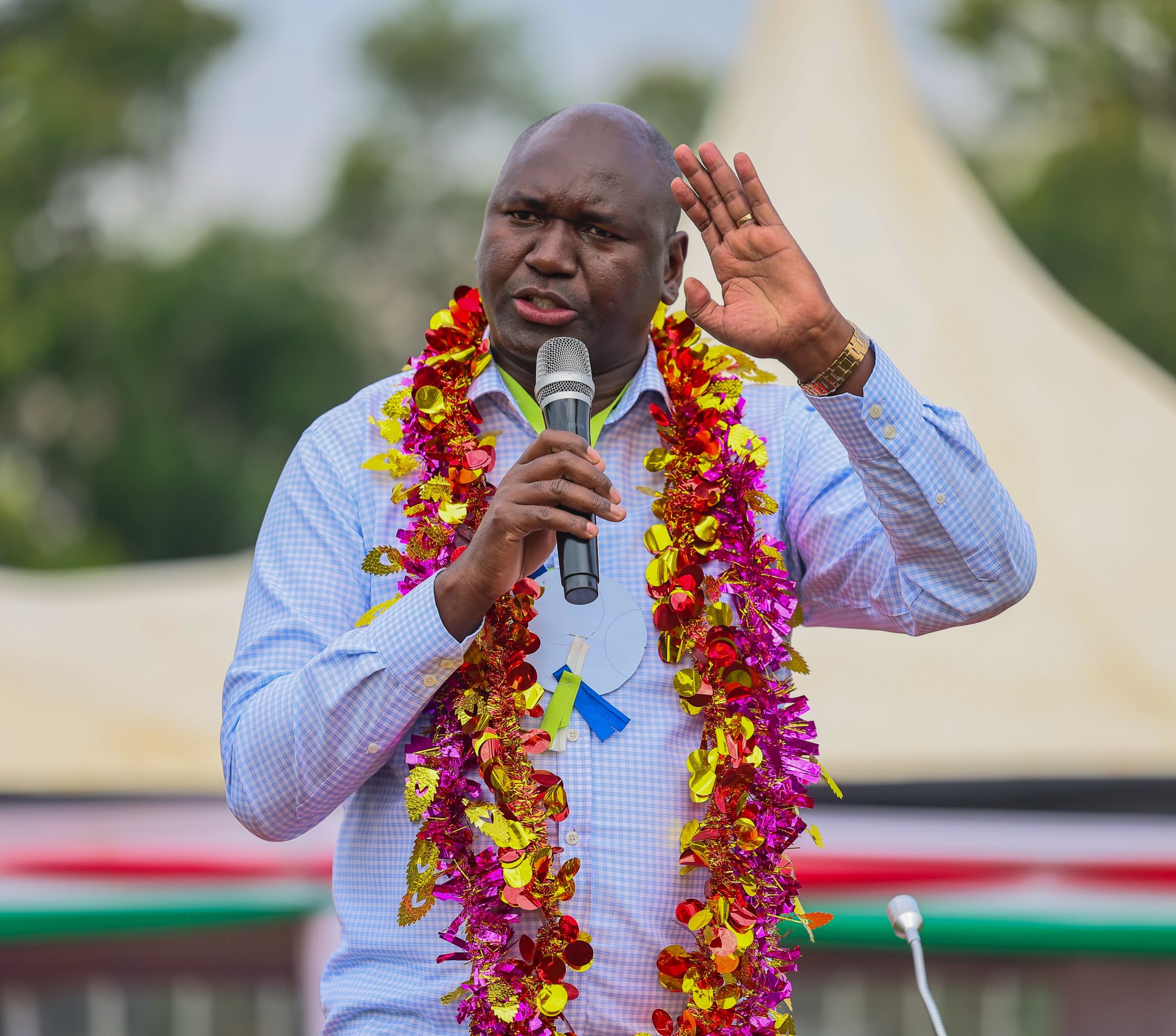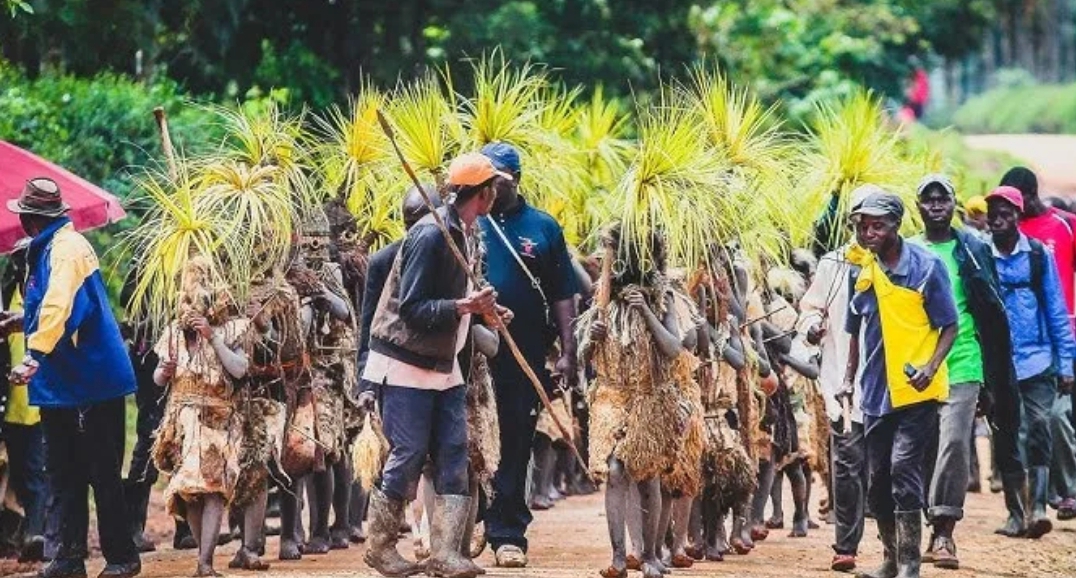Secondary schools are facing looming shake-up as the government announces that over 3,000 public secondary schools have been flagged for possible merger or closure due to dwindling student numbers and mounting financial strain.
Basic Education Principal Secretary Prof. Julius Bitok revealed that the Ministry of Education is reviewing the viability of thousands of institutions that failed to attract learners during the recent Grade 10 placement exercise under the Competency-Based Curriculum (CBC).
The data showed that more than half of the country’s 9,750 secondary schools were bypassed by incoming students, with many operating below the threshold of 150 learners.
“These schools are too small to sustain. We must ask ourselves whether it’s viable to continue funding institutions that are underutilized,” Bitok said during a national stakeholders’ forum.
ALSO READ:
Bungoma Teacher to mark retirement in pomp and color ceremony
The revelation comes amid a broader crisis in school financing. The Ministry has failed to disburse capitation funds on schedule, resulting in a Ksh18 billion deficit. Schools are owed Ksh7.5 billion for Term One and Sh10.5 billion for Term Two, leaving many unable to pay suppliers, maintain infrastructure, or support basic operations.
Each secondary student is entitled to Ksh22,244 annually, but low enrolment means smaller schools receive less funding, further compounding their challenges. Bitok warned that institutions unable to attract learners will lose out on capitation, pushing them closer to collapse.
The Kenya Secondary Schools Heads Association (KESSHA) has raised alarm, especially for day schools, which are disproportionately affected. KESSHA is urging the government to implement a Minimum Essential Package for low-enrolment schools, as recommended by the Presidential Working Party on Education Reforms.
ALSO READ:
Trans Nzoia CEC lauds School-Media partnership in nurturing Kiswahili talent among students
Bitok acknowledged the proposal and said the Ministry is open to a national dialogue on school sustainability. “We need to optimize our resources and ensure every learner has access to quality education,” he said.
The crisis is compounded by findings from the State of Education in Kenya report by Zizi Afrique Foundation and Usawa Agenda, which highlights systemic gaps in staffing, infrastructure, and digital access. The report notes that only 33.9% of secondary schools offer computer lessons, with national schools accounting for 92.1% of that figure, compared to just 17.3% in sub-county schools.
Teacher shortages, poor sanitation, and lack of science labs are also cited as barriers to effective learning. The report estimates a national shortfall of 100,000 teachers, with many schools operating without a single STEM educator. Education stakeholders are calling for bold reforms to ensure equity, efficiency, and sustainability across the system.
By Masaki Enock
You can also follow our social media pages on Twitter: Education News KE and Facebook: Education News Newspaper for timely updates.
>>> Click here to stay up-to-date with trending regional stories
>>> Click here to read more informed opinions on the country’s education landscape






